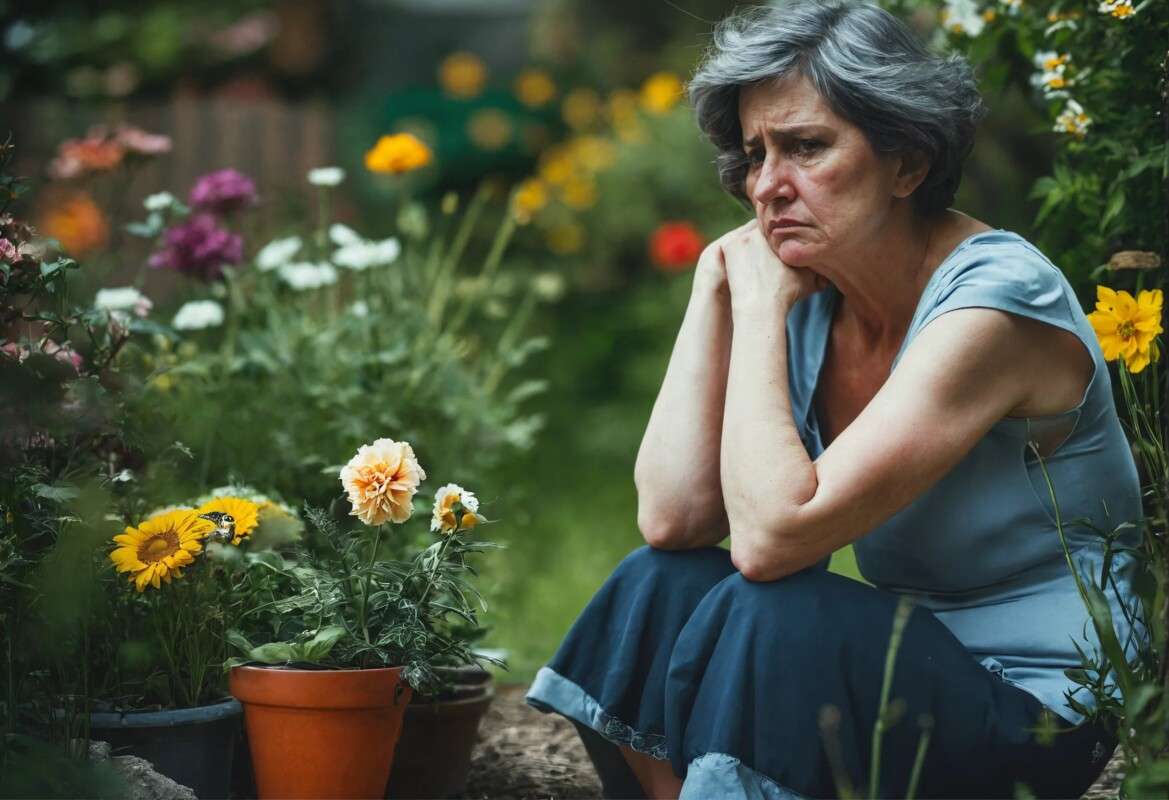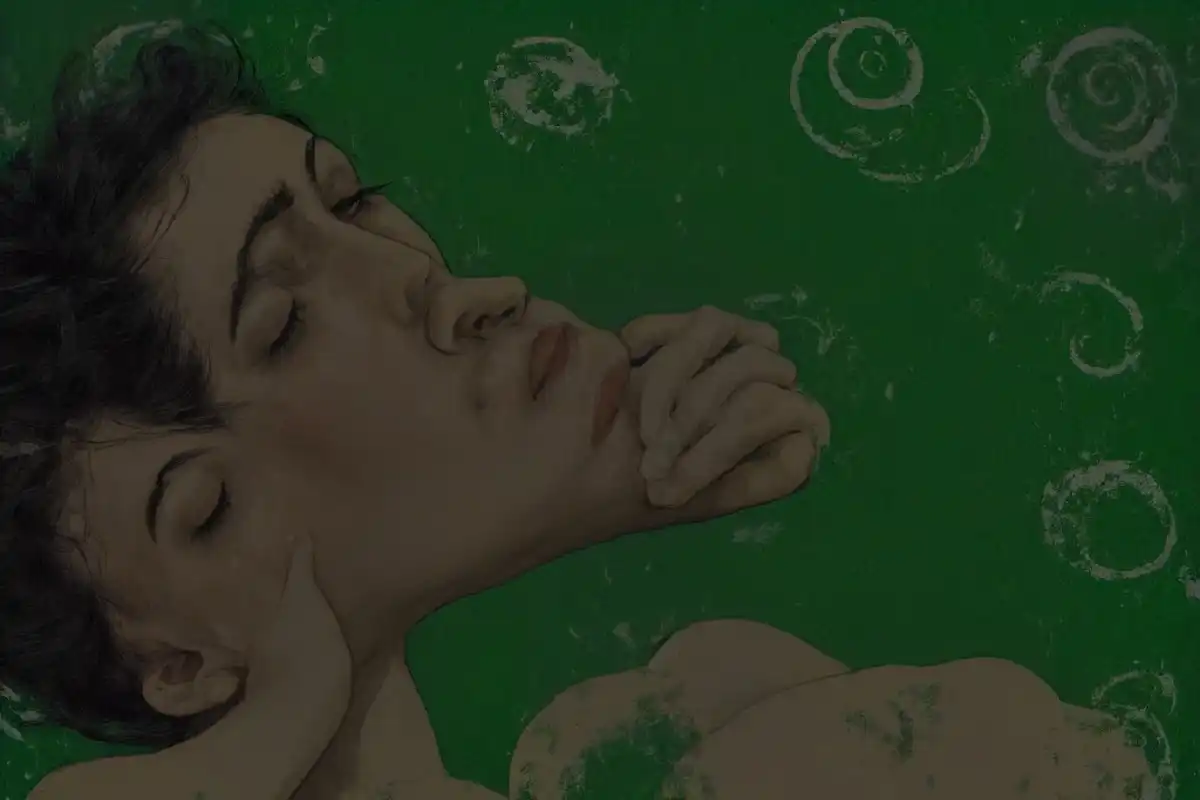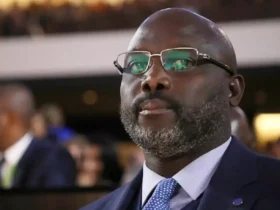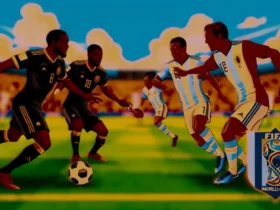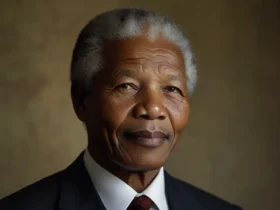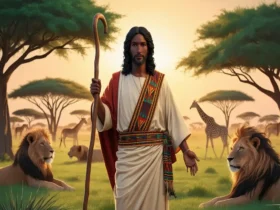1. Historical Background
1.1 Early Settlement and Origins
The history of the Malagasy peoples is characterized by a complex interplay between indigenous Austronesian and African influences. It is believed that the first settlers arrived on the island around 2000 years ago, primarily from Southeast Asia, specifically the regions that now comprise present-day Indonesia and Malaysia. Their journey across the Indian Ocean was propelled by advancements in maritime technology, making possible oceanic navigation.
Over time, African traders and migrants, notably from the Bantu-speaking regions of East Africa, began arriving on the island. This blend of Austronesian and African cultures laid the foundation for the diverse identities and practices that we see in the Malagasy peoples today.
1.2 Kingdoms of Madagascar
The island’s history is dotted with the rise and fall of powerful kingdoms. Notable among these is the Merina Kingdom, which emerged in the highlands of central Madagascar in the 16th century. The Merina people maintained a structured society, with a centralized political system and a rich cultural life. The kingdom expanded its influence throughout the island and engaged in trade with European powers, notably the French and the British.
Another significant kingdom was the Betsimisaraka, located along the eastern coast of Madagascar. These kingdoms, along with others, contributed to the rich tapestry of Malagasy culture, art, and social organization.
2. Ethnic Diversity
The Malagasy people are not a homogenous group; rather, they are composed of numerous ethnic groups, each with its distinct lifestyle, language, and customs.
2.1 Major Ethnic Groups
- Merina: The Merina people, who primarily inhabit the central highlands, are known for their agricultural practices and sophisticated social structures.
- Betsimisaraka: Located in the eastern coastal areas, the Betsimisaraka are known for their fishing and trade practices.
- Betsileo: Residing south of the Merina, the Betsileo are recognized for their terraced rice farming and vibrant cultural traditions.
- Sakalava: Inhabiting the western part of the island, the Sakalava have a rich history of seafaring and trading connections with other islands in the Indian Ocean.
- Antandroy: The Antandroy people live in the southern desert regions and are known for their nomadic lifestyle, as well as their unique burial customs.
This diversity contributes to the vibrant social fabric of Madagascar. Each ethnic group has its unique traditions, customs, and ways of life.
3. Language and Communication
The Malagasy language is instrumental in unifying the different ethnic groups across the island. It belongs to the Austronesian language family and has various dialects, reflecting the linguistic diversity within Madagascar.
3.1 Language Variants
Some of the major dialects of the Malagasy language include:
- Merina: Used predominantly in the highlands and the capital city of Antananarivo.
- Betsimisaraka: Spoken along the eastern coast.
- Sakalava: Common in the west.
- Betsileo: The dialect of the southern highlands.
Though dialects may vary, Malagasy remains the official language of Madagascar. Additionally, French is prevalent due to the colonial history, and English has gained traction in recent years, particularly among the younger generations.
4. Cultural Practices
4.1 Traditional Beliefs and Spirituality
The Malagasy peoples have a rich array of beliefs rooted in ancestor worship and animism. The concept of fomban-drazana (the custom of ancestors) plays a significant role in their spiritual lives. Ancestors are revered, and it is common for families to engage in rituals to honor them, including the famous famadihana, or “turning of the bones” ceremony. This event involves exhuming the remains of ancestors, rewrapping them in fresh shrouds, and celebrating their legacy with music, dance, and feasting.
4.2 Festivals and Celebrations
Madagascar’s vibrant culture is exemplified in its numerous festivals. These celebrations often coincide with agricultural cycles and play a crucial role in community bonding. Notable festivals include:
- Famadihana: A unique celebration that honors the dead, reflecting the Malagasy belief in the continuity of life.
- Santabary Festival: Celebrated in regions where rice is a staple, this festival marks the harvest and is characterized by rituals that express gratitude to the earth.
4.3 Cuisine
Malagasy cuisine is diverse and reflects the island’s rich agricultural resources. Rice is the staple food and is typically accompanied by a variety of meats, vegetables, and occasionally fruits. Traditional dishes include vary amin’anana (rice with greens), romazava (a meat stew), and akoho sy saosy (chicken with sauce).
5. Social Structure and Family Life
The Malagasy society is primarily organized around extended family structures, with deep-rooted traditions regarding kinship and social roles.
5.1 Family and Kinship
In Malagasy culture, family plays an integral role in everyday life. Extended families often live together or in close proximity, and decisions tend to involve consultation with elders. Respect for age and authority is paramount, and gatherings for celebrations, births, and remembrances of the deceased strengthen familial bonds.
5.2 Gender Roles
Gender roles in Malagasy society can be complex. Traditionally, men are often seen as the primary breadwinners, while women take on responsibilities for domestic work and child-rearing. However, women play a significant role in agriculture and local commerce, and their contributions are essential to family sustenance.
6. Challenges Facing the Malagasy Peoples
Despite their rich cultural heritage, the Malagasy peoples face numerous challenges that threaten their way of life.
6.1 Environmental Issues
Madagascar is known for its unique biodiversity, but deforestation, climate change, and habitat destruction pose significant threats. The island has faced rampant deforestation due to agricultural expansion and logging, leading to ecological imbalances that affect local communities who rely on these resources for their livelihoods.
6.2 Socioeconomic Struggles
Poverty remains a pressing issue, with a significant portion of the population living below the poverty line. Limited access to education, healthcare, and employment opportunities exacerbates these hardships. The economic situation affects various aspects of life, including nutrition and overall well-being.
6.3 Political Instability
Madagascar has witnessed political turmoil and instability since gaining independence in 1960. Various governments have struggled to maintain stability, leading to social discontent and challenges in governance. Political uncertainty often impacts economic growth and development initiatives.
7. Conclusion
The Malagasy peoples represent a rich constellation of cultures, languages, and traditions that make Madagascar a unique and captivating location on the world map. As the island faces modern challenges—environmental degradation, poverty, and political instability—the resilience of the Malagasy peoples shines through their commitment to preserving their rich cultural heritage.
Understanding the complexity of the Malagasy peoples is crucial in fostering appreciation for their way of life and addressing the challenges they face. This journey through their history, culture, and struggles highlights the beauty and depth of the Malagasy identity and emphasizes the need for global awareness and support for their cause.
See also: Top 10 Scariest Places in the World: Be Very Careful!

